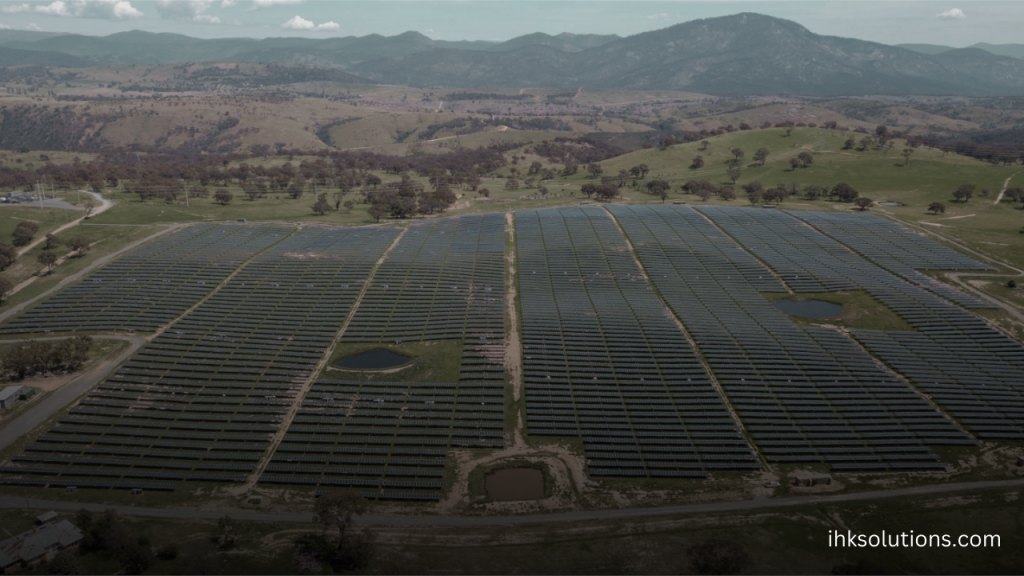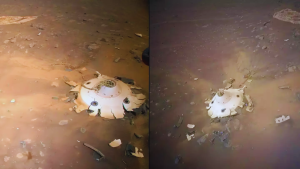The Australian government has given the green light to the AAPowerlink project, which will send solar energy all the way to Singapore.

AAPowerlink project
Newcastle, Australia (AP) – A bold plan to construct a vast solar farm in remote northern Australia, designed to send energy to Singapore through an undersea cable, is gaining momentum. closer to reality after the Australian government granted environmental approvals for the AU$30 billion (US$19 billion) project on Wednesday.
Australia’s Sun Cable company plans to construct a 12,400-hectare solar farm and transmit electricity to the northern city of Darwin via an 800-kilometer (497-mile) overhead transmission line. From there, the power would be sent to large-scale industrial customers in Singapore through a 4,300-kilometer (2,672-mile) undersea cable.
The Australia-Asia PowerLink project plans to generate up to six gigawatts of green electricity annually. As Australian Environment Minister Tanya Plibersek mentioned, this initiative is set to play a key role in transforming Australia. renewable energy superpower” and boost its economy.
In a written statement on Wednesday, Plibersek said, “This mega-project is a piece of generation-defining infrastructure. It will be the world’s largest solar precinct and herald Australia as a global leader in green energy.”
The project was initially backed by Australian mining magnate Andrew Forrest and Atlassian co-founder Mike Cannon-Brookes. The plans were highlighted during an official visit by Singapore’s then-Prime Minister Lee Hsien Loong and Australian Prime Minister Anthony Albanese as part of a “green economy” agreement in 2022.
In January 2023, the project hit a stumbling block when Sun Cable went into voluntary administration due to a funding dispute between Forrest and Cannon-Brookes. By May of that year, a consortium led by Cannon-Brookes’ Grok Ventures acquired the company, completing the purchase in September 2023.
Sun Cable Australia’s Managing Director Cameron Garnsworthy said the company was pleased to have cleared a major regulatory hurdle and would now focus its efforts on the next phase of planning, aiming for a final investment decision by 2027.
The company stated that electricity supplies are expected to begin in the early 2030s.
Energy has been a politically charged issue in Australia for nearly two decades, with the country relying on coal and gas, as well as royalties from exporting these fuels, to help support its economy.
This reliance on fossil fuels has historically made Australia one of the worst per capita emitters of greenhouse gases.
In June, Australia’s main opposition party announced plans to build the country’s first nuclear power stations as early as 2035, ensuring that the major parties remain divided on how to reduce greenhouse gas emissions in the lead-up to elections scheduled within a year.
The parties haven’t gone into an election with the same carbon reduction policies since 2007.
Plibersek emphasized that Australians face a choice: embrace the renewable energy transition that’s already creating jobs and driving down costs, or gamble on an expensive nuclear option that might never even become a reality.




